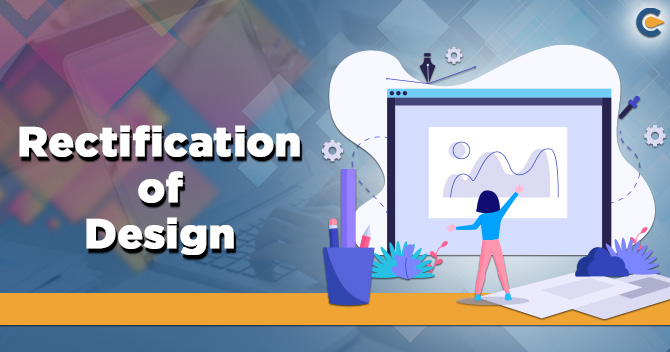The Designs Act 1911 was repealed and replaced the Designs Act 2000, which sets down a new statutory framework for protecting designs, which has been enforced since 11 May 2001. The Act provides standards for the protection of registered designs (as contemplated in the (WTO) World Trade Organisation Agreement on (TRIPs) Trade-Related Aspects of IP Rights. It also conforms to international trends in design administration.
The amendment in 2014 to the Designs Rules brings in ‘small entity’ as a new category of applicants in addition to natural persons. India is the party to various international treaties that protect international designs, including the Paris Convention and Trade-Related Aspects of IP Rights. In the year 2019, India acceded to the Locarno Agreement, which helped the Indian Design Office harmonize the classification systems in line with those globally.
Read our article:Renewal and Restoration of Design in India
What are Registered Designs?
A registered design has been defined statutorily includes: “features of shape, pattern or ornament configuration, or composition of lines, color or a combination thereof applied to any article whether two dimensional or three dimensional or in both forms.” It may be done by any industrial process or means, whether manual, mechanical or chemical, separate or combined. The finished article appeals to or is judged by the eyes.
This definition is exhaustive, and the feature must fulfill all statutory requirements to constitute a design under the Act. The requirement is the feature’s ability to appeal to the eye. It implies that the feature must be visible on the article and have artistic merit or visual appeal. The Act provides an exception, which is a 6-months grace period in the case of the design’s disclosure before filing an application.
The grace period is available in case if:


Unregistered designs
It is important to have Design registration as an unregistered design is not enforceable under the Design law. Hence, the design must be registered under the Act to enjoy protection. However, it is even possible to protect a design under other legislation.
Procedures of Registered Designs
- All applicants or stakeholders can file design applications online through the official portal of an Office of the Controller General of Trademarks, Designs, and Patents.
- The e-filing facility includes the comprehensive payment gateway that accepts electronic banking and debit and credit cards.
- The Design Application Search Utility enables applicants to search for published design applications through a number of search inputs (e.g., an application number, applicant’s name, state, and country, date of filing, publication date, and name the article).
- In order to apply to register a design, the applicant must complete Form 1, which includes its full name, nationality, address, the name of the article, the class number, and address for service in India. The applicant or its authorized agent[1] may sign the application.
Cancellation of Registered Designs
- There is no particular provision to oppose the registration of the design under Indian law. However, there is a procedure for cancellation under which any interested person can file a petition for cancellation of the registered design at any time after the registration with a controller on any of the following grounds:-
- If the design is previously registered in India;
- If the design has been published in India or any other country before the date of registration;
- If a design is not original or new;
- If the design cannot be registered under the Act;
- If the design is not a ‘design’ defined under Section 2(d) of the Act;
- On receipt of the petition for cancellation, the Design Office sends a copy of a petition and the evidence filed to registered owner.
- After that, a registered owner files a counter-statement and evidence at the Design Office and delivers a copy to the petitioner.
- After receipt of the counter-statement and evidence, the petitioner may file its reply statement and affidavit evidence. After hearing the parties, a hearing is fixed, and the controller rules on the petition and issues an order.
Ownership Changes and Rights Transfers
As per Indian design law, the right in a registered design can be transferred through agreement, assignment, transmission, and licensing. Registration of the title based upon assignment must be filed with the Design Office within 6 months of execution of the assignment instrument. Further extension of 6 months can be sought.
There is no other way to extend the time beyond 1 year after the effective date of the instrument. The law also provides for the recorded license, which must be done within 6 months of the issue. Only a registered license or a registered assignment in respect of the registered design is admissible as evidence before the courts or in other proceedings. Therefore such an instrument must be registered with the Design Office.
Conclusion
The procedural formalities are simple, time-constrained, and cost-effective. However, applicants must follow the procedural requirements carefully. Most Indian design applications were rejected on procedural issues, while very few rejections are due to a lack of fulfillment of substantive criteria. Therefore, it is important to ensure that both an application form and the representation sheet comply with the guidelines so that the design applications are processed efficiently and speedily.
Read our article:Design Registration and Protection in India











